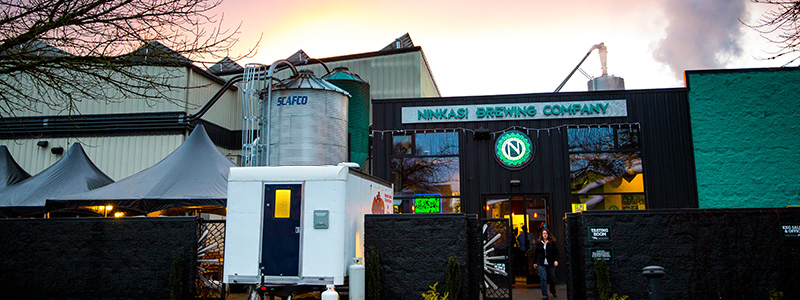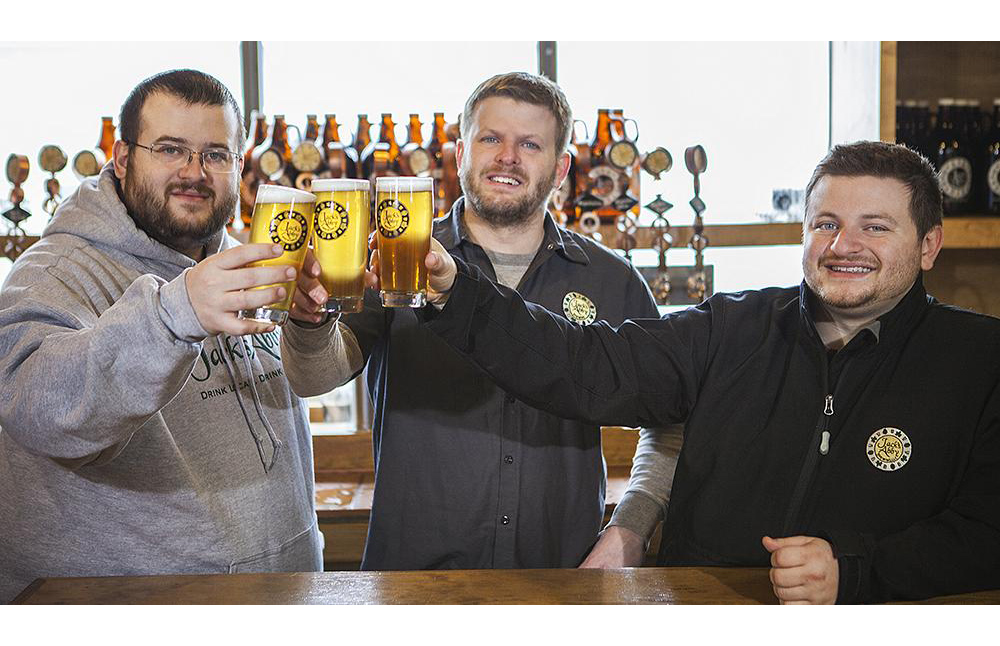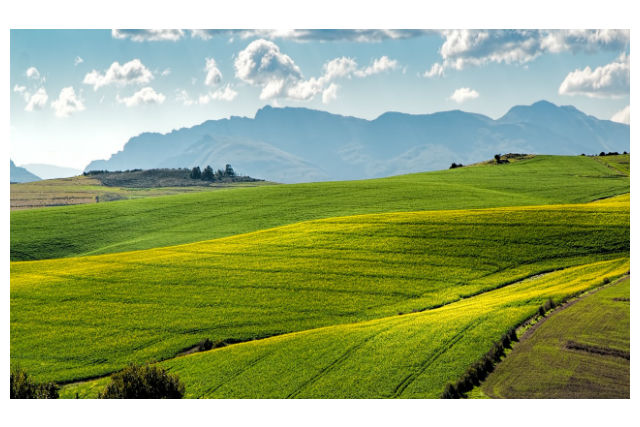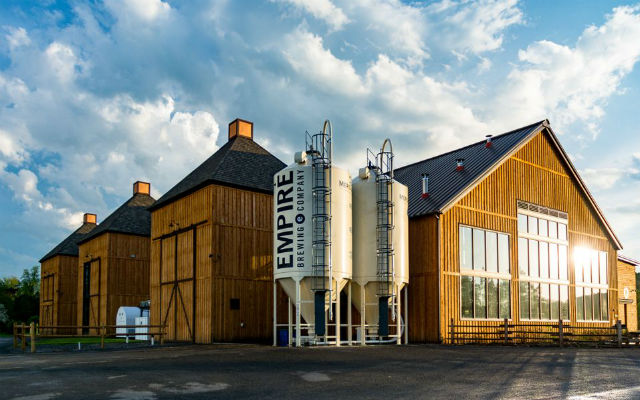
Staying current, being engaging while also being informative are some cornerstones for a craft brewery’s social media presence.
With an array of platforms now, identifying what works and what doesn’t for each scenario can be a challenge.
“I think that the platforms we use can both complement each other and stand on their own,” said Bear Republic Marketing Assistant Kate Davis. “They all serve a purpose for what we are out to accomplish, which is connecting with our customers.”
Ninkasi’s Social Marketing Coordinator, Heather Beck, said she likes each platform for its own unique reasons.
“I like to use Facebook as a catalyst for sharing any press mentions or Ninkasi blogs,” she said. “You can use longer format copy and imagery together to tell a more cohesive story than you can on other platforms.”
Instagram is Beck’s platform of choice.
“Its simplicity is refreshing,” she said. “Post a beautifully engaging photo and hang out with your followers, it’s that easy. I spend a lot of time curating and wrangling the perfect photos for our Instagram page. Instagram now has a Stories feature that allows you to create short Snapchat-like photos and videos. We use that feature to promote events and show our followers behind-the-scenes footage of our facilities. Twitter is easy to use and follow. I think this is why it is such a popular social media outlet. It’s clean and scannable. LinkedIn is also fairly easy to use. It is very similar to the Facebook wall circa 2011.”
In today’s day and age, a lot of any brewery’s customer base is on social media. So the brewery needs to be where the people are.

“The more that they see our content, the more it reminds them that they want to go out and buy our beer or come visit us,” Davis said, who noted that Bear Republic is on Facebook, Twitter, Instagram, and Google Plus along with some platforms just for the brewery’s brewpub. “Whenever we come out with a new product, there’s always a social media push that goes with that. The more people are seeing what we post, the more they talk about it and in turn would purchase from us. I try to put myself in the consumer’s shoes and think about how the content would be perceived by them. What would I want to know?”
Frequency is important.
For Beck, she creates at least five pieces of content for Twitter per day while posting on Facebook at least three times per week. She also posts on Instagram daily and Instagram Stories about three times per week.
“I post on LinkedIn once a week, so long as content allows,” she said. “All of that being said, I try to curate posts only when necessary and beneficial to our audience, so being flexible is important too.”
With forever changing algorithms, it’s hard to make sure followers are seeing what you post. The best way Beck has found to beat the algorithm is figuring out and sticking to a posting schedule.
“It has taken me the better part of a year to evaluate when the majority of our followers are online and engaging with our content,” she said. “I am still learning and testing timing for newer features like Instagram Live, but for the most part I know when our followers are likely to engage with us.”
For Bear Republic and Ninkasi, although frequency and timing are important, so is what is actually being posted.
“They want to feel like they are at the brewery with us,” Davis said. “Anything that we can make relatable for them or is something at the brewery they don’t usually get to see. Determining what goes where is generally based on content. I find that the quick posts are best for Twitter and Instagram, while anything with more detail does better on Facebook and Google Plus.”
The content to create and the copy to write for each channel can be unique.
Beck, who focuses on what she calls “The Big 4” with Facebook, Instagram, Linkedin and Twitter, fine tunes the same message for each platform.
“On Facebook, I can choose a few pieces of media and write longer copy on the post itself. That same messaging is distilled down into a playful, and hopefully, captivating 140 characters on Twitter along with an image, video or GIF,” she said. “For Instagram, I want to tell that same story with a single, captivating image. I try to keep the copy short and let the photo speak to the messaging we’re trying to convey.
“LinkedIn is used as an employer branding channel. I only post content that tells our company story, promotes our culture or supports the community. Luckily here at Ninkasi everything we do derives from our core purpose, to Perpetuate Better Living, so there is no shortage of content in those categories.”
Ninkasi also has a presence on YouTube, Pinterest and Untappd. However, Beck admits she spends much less time managing those channels.
Davis tries to publish videos and photos of activities that the common consumer might not normally have access to.
“Also, publishing photos of beer at locations outside the brewery can be helpful because customers can relate,” Davis said. “If they see a photo of Racer 5 at the beach, it reminds them that they want to go to the beach and are more likely to bring Racer 5 with them now. Posts that drive the most traffic and responses are usually posts about new beer releases or lately, our Rohnert Park brewpub.”
Beck feels the craft consumer market is widening, so it can be difficult to create content that engages everyone.
“I spend a lot of my time understanding what our consumers like to see,” she said. “I’ve learned that people love to see people. Yes, beer is the focus but we like to show the people that are enjoying our beer, not just a bottle on top of a mountain — I still love a good bottle shot though.
“Our followers seem to love a good behind-the-scenes video or photo as well. There are a lot of people that have hands in getting our beer out the door and keeping Ninkasi afloat. I love to highlight those people and I think our consumers like to see that as well.”
With a brewery maybe only devoting one person to the task of social media (some with more hats than just that) automating has become key as well. Davis says she can plan out her week by using a content tool like Hootsuite effectively. Beck uses Sprout Social and says she plans on sticking with it “indefinitely.”
“I rely on social media management software to do my job. I would never be able to leave work if I didn’t, because the Internet doesn’t sleep,” she said. “I can schedule content for The “Big 4” channels, facilitate conversations with consumers, pull clean, easy to read reports that help us understand our followers and engagement, and help us refine and tailor our content to meet our followers desires.”
Social media serves the purpose Ninkasi wants to accomplish, but it has to be strategic.
“The best thing about social media marketing is you can see the results via analytics,” Beck said. “Analytics drive our social marketing programs and strategy. It’s awesome, because rarely in marketing are you able to see your ROI immediately.
“My goal is less to sell beer and more to strengthen the relationships we have already built with our customers. I am trying to move them through the sales funnel — awareness, interest, evaluation, purchase. I try not to post unnecessary information just to get a post out the door. I respect our followers’ time and capacity to process information and do not want to overload them. I hope our social media channels look and feel as intentional as we have designed them to be; Independently operated, community driven, just like our brewery.”
Beck added that strategies are forever evolving while trying to make an impact in the fast-moving world of social media and craft beer.
“I ask myself different questions as our marketing goals develop, but the most consistent is ‘How can I help increase brand awareness, sales and strengthen relationships with our customers?’, she said. “Now that’s a loaded question!”
Most of the content needs a hub still to help answer common questions and FAQ and that tends to be a strong website presence as well. That can include pushing consumers from social media to an events page or anything else that requires a call-to-action like tickets, new merchandise, beer information, job opportunities, blog posts, taproom times and address, and a beer finder
“We try to push our consumers back to our website as much as possible,” Davis said.






Be the first to comment